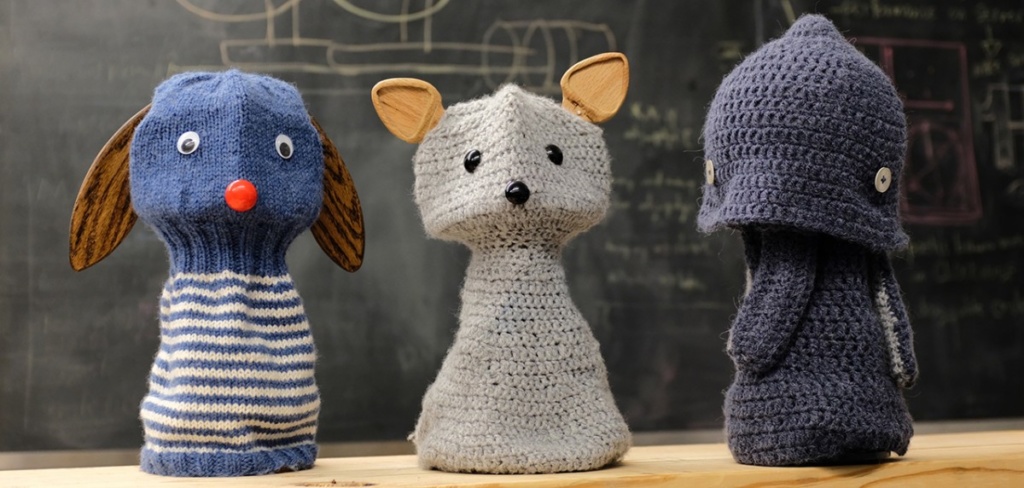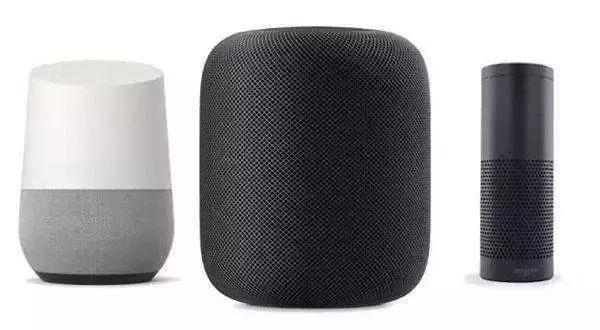模型:
h2oai/h2ogpt-gm-oasst1-en-2048-falcon-7b
 英文
英文模型卡片
概述
该模型是使用 H2O LLM Studio 进行训练的。
- 基础模型: tiiuae/falcon-7b
- 数据集准备: OpenAssistant/oasst1
用法
要在具有GPU的机器上使用 transformers 库的模型,首先确保已安装 transformers、accelerate、torch 和 einops 库。
pip install transformers==4.29.2 pip install accelerate==0.19.0 pip install torch==2.0.0 pip install einops==0.6.1
import torch
from transformers import AutoTokenizer, pipeline
tokenizer = AutoTokenizer.from_pretrained(
"h2oai/h2ogpt-gm-oasst1-en-2048-falcon-7b",
use_fast=False,
padding_side="left",
trust_remote_code=True,
)
generate_text = pipeline(
model="h2oai/h2ogpt-gm-oasst1-en-2048-falcon-7b",
tokenizer=tokenizer,
torch_dtype=torch.float16,
trust_remote_code=True,
use_fast=False,
device_map={"": "cuda:0"},
)
res = generate_text(
"Why is drinking water so healthy?",
min_new_tokens=2,
max_new_tokens=1024,
do_sample=False,
num_beams=1,
temperature=float(0.3),
repetition_penalty=float(1.2),
renormalize_logits=True
)
print(res[0]["generated_text"])
您可以在预处理步骤之后打印样本提示,以查看它被喂给标记器的方式:
print(generate_text.preprocess("Why is drinking water so healthy?")["prompt_text"])
<|prompt|>Why is drinking water so healthy?<|endoftext|><|answer|>
或者,您可以下载 h2oai_pipeline.py,将其存储在笔记本旁边,并根据加载的模型和标记器构建流水线:
import torch
from h2oai_pipeline import H2OTextGenerationPipeline
from transformers import AutoModelForCausalLM, AutoTokenizer
tokenizer = AutoTokenizer.from_pretrained(
"h2oai/h2ogpt-gm-oasst1-en-2048-falcon-7b",
use_fast=False,
padding_side="left",
trust_remote_code=True,
)
model = AutoModelForCausalLM.from_pretrained(
"h2oai/h2ogpt-gm-oasst1-en-2048-falcon-7b",
torch_dtype=torch.float16,
device_map={"": "cuda:0"},
trust_remote_code=True,
)
generate_text = H2OTextGenerationPipeline(model=model, tokenizer=tokenizer)
res = generate_text(
"Why is drinking water so healthy?",
min_new_tokens=2,
max_new_tokens=1024,
do_sample=False,
num_beams=1,
temperature=float(0.3),
repetition_penalty=float(1.2),
renormalize_logits=True
)
print(res[0]["generated_text"])
您还可以根据加载的模型和标记器自己构建流水线,并考虑预处理步骤:
from transformers import AutoModelForCausalLM, AutoTokenizer
model_name = "h2oai/h2ogpt-gm-oasst1-en-2048-falcon-7b" # either local folder or huggingface model name
# Important: The prompt needs to be in the same format the model was trained with.
# You can find an example prompt in the experiment logs.
prompt = "<|prompt|>How are you?<|endoftext|><|answer|>"
tokenizer = AutoTokenizer.from_pretrained(
model_name,
use_fast=False,
trust_remote_code=True,
)
model = AutoModelForCausalLM.from_pretrained(
model_name,
torch_dtype=torch.float16,
device_map={"": "cuda:0"},
trust_remote_code=True,
)
model.cuda().eval()
inputs = tokenizer(prompt, return_tensors="pt", add_special_tokens=False).to("cuda")
# generate configuration can be modified to your needs
tokens = model.generate(
**inputs,
min_new_tokens=2,
max_new_tokens=1024,
do_sample=False,
num_beams=1,
temperature=float(0.3),
repetition_penalty=float(1.2),
renormalize_logits=True
)[0]
tokens = tokens[inputs["input_ids"].shape[1]:]
answer = tokenizer.decode(tokens, skip_special_tokens=True)
print(answer)
模型架构
RWForCausalLM(
(transformer): RWModel(
(word_embeddings): Embedding(65024, 4544)
(h): ModuleList(
(0-31): 32 x DecoderLayer(
(input_layernorm): LayerNorm((4544,), eps=1e-05, elementwise_affine=True)
(self_attention): Attention(
(maybe_rotary): RotaryEmbedding()
(query_key_value): Linear(in_features=4544, out_features=4672, bias=False)
(dense): Linear(in_features=4544, out_features=4544, bias=False)
(attention_dropout): Dropout(p=0.0, inplace=False)
)
(mlp): MLP(
(dense_h_to_4h): Linear(in_features=4544, out_features=18176, bias=False)
(act): GELU(approximate='none')
(dense_4h_to_h): Linear(in_features=18176, out_features=4544, bias=False)
)
)
)
(ln_f): LayerNorm((4544,), eps=1e-05, elementwise_affine=True)
)
(lm_head): Linear(in_features=4544, out_features=65024, bias=False)
)
模型配置
该模型是使用 H2O LLM Studio 和 cfg.yaml 中的配置进行训练的。请访问 H2O LLM Studio 了解如何训练您自己的大型语言模型。
模型验证
使用 EleutherAI lm-evaluation-harness 进行模型验证的结果。
CUDA_VISIBLE_DEVICES=0 python main.py --model hf-causal-experimental --model_args pretrained=h2oai/h2ogpt-gm-oasst1-en-2048-falcon-7b --tasks openbookqa,arc_easy,winogrande,hellaswag,arc_challenge,piqa,boolq --device cuda &> eval.log
免责声明
请在使用此存储库中提供的大型语言模型之前仔细阅读此免责声明。您使用该模型即表示您同意以下条款和条件。
- 偏见和冒犯性:大型语言模型是基于各种互联网文本数据进行训练的,其中可能包含有偏见、种族主义、冒犯性或其他不适当的内容。通过使用该模型,您承认并接受生成的内容有时可能存在偏见,或会产生冒犯或不适当的内容。本存储库的开发人员不支持、支持或推广任何此类内容或观点。
- 限制:大型语言模型是一种基于人工智能的工具,而不是人类。它可能会生成不正确、无意义或不相关的回答。用户有责任对生成的内容进行批判性评估,并自行决定是否使用。
- 自担风险使用:使用该大型语言模型的用户必须对其使用的工具产生的任何后果负全部责任。本存储库的开发人员和贡献者不承担因使用或滥用提供的模型而导致的任何损害、损失或伤害。
- 遵循伦理考虑:鼓励用户负责、合乎道德地使用大型语言模型。通过使用该模型,您同意不将其用于促进仇恨言论、歧视、骚扰或任何形式的非法或有害活动。
- 报告问题:如果您遇到由大型语言模型生成的有偏见、冒犯或其他不适当的内容,请通过提供的渠道向存储库维护人员报告。您的反馈将有助于改进模型并减轻潜在问题。
- 免责声明的更改:本存储库的开发人员保留随时修改或更新本免责声明的权利,恕不另行通知。用户有责任定期查阅免责声明,以了解任何更改。
使用此存储库中提供的大型语言模型,即表示您同意接受并遵守本免责声明中概述的条款和条件。如果您不同意本免责声明的任何部分,您应避免使用该模型及其生成的任何内容。





















